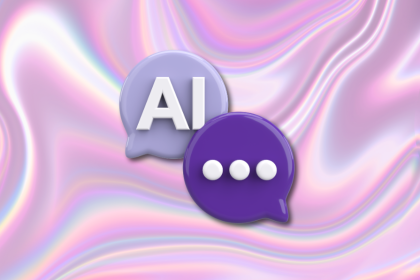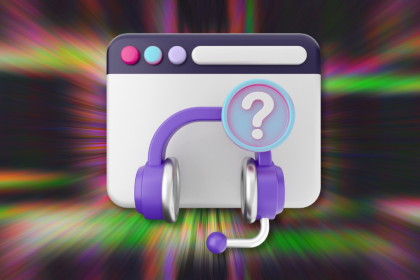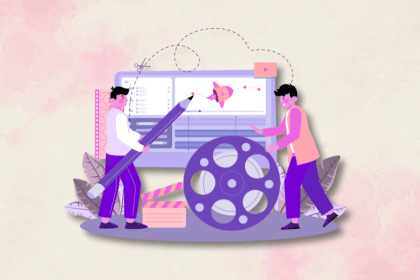
Empty states don’t have to be dead ends. See how Slack, Pinterest, Dropbox, and Duolingo turned blank screens into engaging UX moments and learn how you can too.

Paying for UX research participants is out and for good reason. In this guide, I’ll walk you through three smarter, cost-effective ways to recruit participants, their pros and cons, and how to make them work for your team.

Navigation menus aren’t always the fastest way forward. In this post, I share six UX alternatives that help users skip the clicks and find what they need more easily.

Google Stitch turns text and sketches into UI designs. Learn where it excels, where it falls short, and how it compares to other AI tools.

AI is messy, unpredictable, and tough to capture in PRDs. Prompt sets give UX designers a way to test, refine, and align fast.

Support pages should actually support people. Here’s how Dropbox, Zoom, and more redesigned theirs to work better for real users.

Skipping UX research wastes time and leads to flop features. See how user insights drive adoption, engagement, and lasting product impact.

Turn AI from a threat into a partner in UX design by refining workflows, avoiding pitfalls, and keeping human skills central.

The problem with templates isn’t that they exist; it’s that teams rely on them blindly. Learn how to turn templates into flexible tools that drive better UX outcomes.

I once misused parallax scrolling and learned the hard way how motion can frustrate users. Here’s what went wrong, how I fixed it, and practical tips to keep motion design engaging and user-friendly.

Learn how the Zeigarnik effect drives engagement and explore UX strategies that keep users motivated to return and complete tasks.

Discover how AI personas can transform UX design, from simulating users to co-designing interfaces and boosting team speed and accuracy.